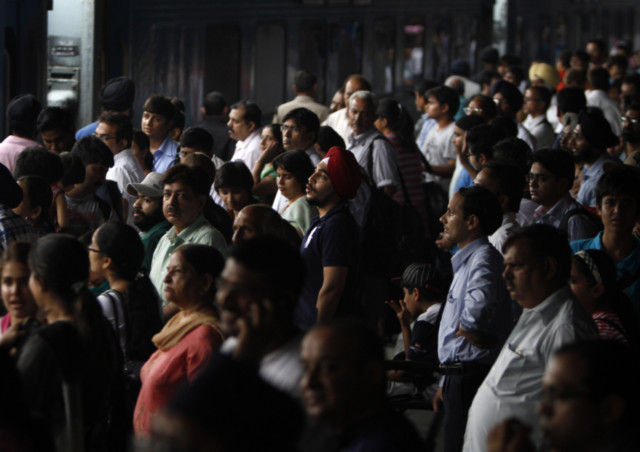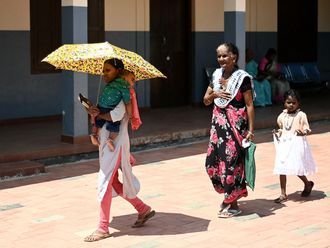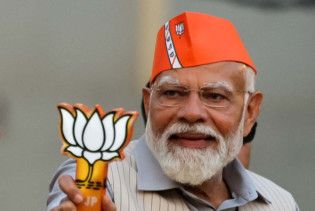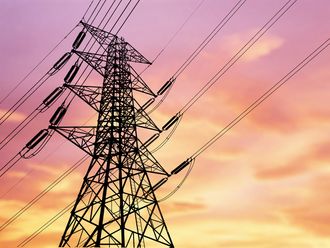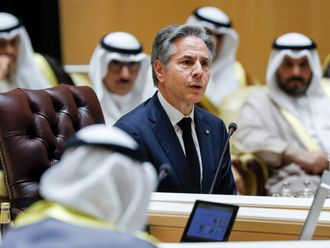
New Delhi: More than 350 million people in seven states in north India woke up to a powerless Monday with supply cut at 2.32am due to a major breakdown in the grid. The fault was not fully corrected till well into the afternoon, disrupting not just rail, metro and road traffic but also hospitals.
The preliminary reason for the power failure — one of the worst in a decade — was attributed to an outage in the northern grid, which is an interconnected transmission network that delivers electricity from various power generating stations to distribution utilities.
Apart from the national capital Delhi, supplies were sharply affected in Punjab, Haryana, Himachal Pradesh, Uttar Pradesh, Rajasthan and Jammu and Kashmir, said V.V. Sharma, general manager of Power System Operation Corp Ltd.
The company, a subsidiary of the state-run Power Grid Corp of India, which manages the grid, sought to restore power by supplies from the eastern and the western regions, even as power to the railways and Delhi Metro was restored by 9am.
According to the company, parts of Badarpur in south Delhi, Narora and Simbhauli in Uttar Pradesh and Bhinma in Rajasthan were not hit by the tripping.
By afternoon, a semblance of normalcy was restored with most areas in north India getting electricity supply.
Power Minister Sushilkumar Shinde told reporters in New Delhi earlier that efforts were on to restore power supply on “a war footing”.
The minister denied that essential services were hit.
A three-member panel has been set up to look at the cause for the power failure.
“First, no power since 2 in the morning, then no water to take a shower and now the metro is delayed by 13 minutes after being stuck in traffic for half an hour,” said 32-year-old Keshav Shah, who works 30km outside the capital.
“As if I wasn’t dreading Monday enough, this had to happen.”
The government’s top economic planning adviser, Montek Singh Ahluwalia, said the blackout may have been caused by a mix of coal shortages and other problems on the grid.
“I’ve no doubt that this is the area that we need to show improved performance in, and we also need show a clear sense of what we are doing to prevent it,” Ahluwalia told Reuters at his office, where power had been restored some hours earlier.
He said the grid was better networked now than five years ago and power sharing was more common.
With water treatment plants hit by the power failure, it was a double whammy for millions who had to contend with no power and no water as well.
The impact was felt in the critical healthcare sector.
All government hospitals, in the national capital, for instance, were put on emergency services and generator back-up.
According to railway officials, about 150,000 passengers in around 300 trains suffered delays as the grid failure cripple operations across eight divisions of the the Northern Railway.
Besides, about 200 goods trains had to be cancelled, resulting in an estimated loss of over Rs1 billion (Dh66.4 million), because passenger trains were given priority.
Many important trains like the Lucknow-Delhi Mail and overnight trains plying between New Delhi, Lucknow, Allahabad and Varanasi and Moradabad were stranded en route, while some were brought to the nearest stations by diesel engines, a railway official said.
Delhi Metro services were restored fully only after two hours — at around 8.45am.
A Delhi Metro official said they got hydel power from Bhutan on priority basis, and added that Delhi Metro was among the emergency services, including the prime minister’s residence and the All India Institute of Medical Sciences (AIIMS), that were provided power.
Power failure crippled most traffic signals in Delhi, causing massive traffic jams during office hours.
Delhi’s Indira Gandhi International Airport functioned normally with the help of generators.
In Uttar Pradesh, the power situation was almost normal in Lucknow and the eastern parts of the state by afternoon.
Hydro-power generation in Himachal Pradesh resumed Monday morning more than seven hours after the Northern Grid collapsed and stopped electricity production.
The state-run Himachal Pradesh State Electricity Board has 21 hydropower projects across the state with a combined optimum generation capacity of 8.5 million energy units a day.
- with inputs from Reuters


